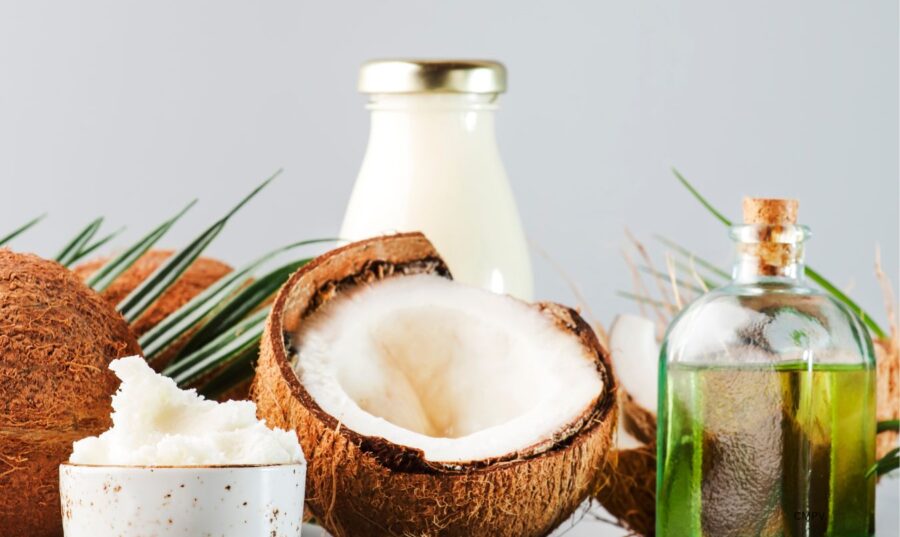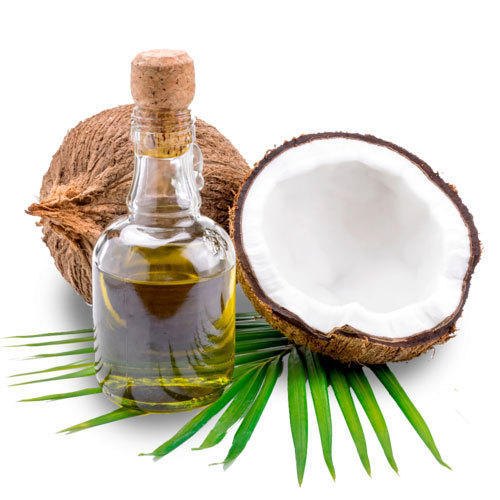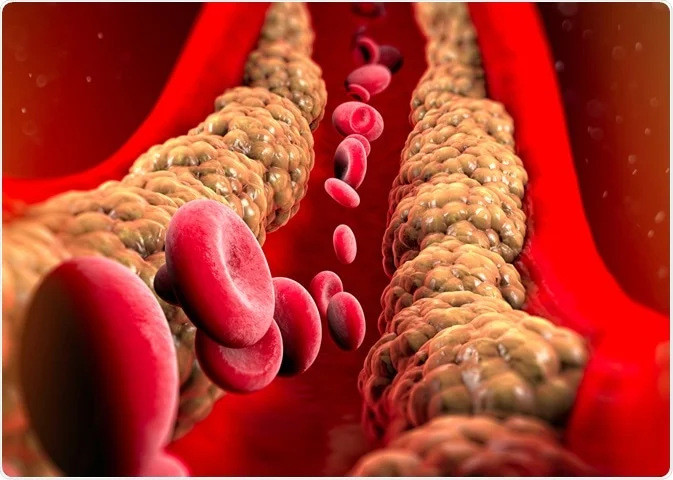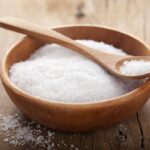|
Getting your Trinity Audio player ready...
|
Foods never contain only saturated fats. They also don't only have unsaturated fats or only polyunsaturated fats. That is, fats and oils, as well as foods containing fats, are a mixture of different types of fatty acids. This quality allows foods to be classified according to the type of fat that predominates. So technically it is incorrect to refer to a food as one 'with saturated fat'. However, they are characterized by having saturated fat in greater quantities.
Foods or fats with more saturated fat tend to be solid at room temperature. Additionally, they melt at higher temperatures than unsaturated and polyunsaturated foods. Saturated fats are found mainly in foods of animal origin such as beef, lamb, pork, lard, bacon, eggs, poultry, fish, crustaceans, mollusks, milk, cheeses, yogurt, shortening and butter. However, the exception to this rule is in two foods of plant origin.
Saturated fat in plant foods
The two plant foods that have saturated fat are coconut (pulp and products) and palm (seed and fruit). The saturated fat in these foods raises total cholesterol and LDL ('bad') cholesterol levels, just as saturated fats of animal origin do it. Also, they increase the risk of cardiovascular diseases. For this reason, the American Diabetes Association and the American Heart Association indicate that the consumption of saturated fats (animal and vegetable) should be limited or avoided.
Coconut and coconut foods. The amount of saturated fat in coconut (pulp and products) is between 86% to 92%. A considerably high amount. Coconut is consumed fresh (pulp), as well as in multiple products. For example, powder, milk, condensed milk, non-dairy beverages, cream, whipped cream, dehydrated or dried coconut, in cookies, donuts, chips, chutneys, ice cream, shortbread, jam, flakes, bits toasted and coconut oil.
Palm or palm kernel seed. These seeds contain between 80% to 87% of saturated fat. An amount as high as that found in coconut. Palm oil is extracted from the stone or seed of the fruit of this plant.
Palm fruit. The fruit has between 50% to 55% of saturated fat. A substantially high amount. The oil of the palm fruit is extracted from the fleshy part of it.
Palm oil (seed or fruit) and its derivatives can have more than 200 different names, in addition to 'palm oil'. From production and harvest to supermarket shelves, palm oil is exposed to multiple stages of handling and production. This complex chain of processes results in it not necessarily being called 'palm oil' on food labels. In many cases, the names hide the main source, making it difficult to know if what we consume has palm oil or not.
Foods with palm oil
Palm oil is widely used for its properties, versatility and because it is cheap. Its low price is partly due to its high performance. Palm oil is said to be found in 50% of supermarket products, from food, cosmetics and even cleaning products. It is important to read the list of ingredients of processed and ultra-processed foods since these are where palm oil is mainly found. The following foods could have palm oil: bread, chips, ice cream, shortbread, chocolate, sweet or salty cookies, chips, milk substitutes, cooking oil, baked goods, spreads, processed meats, ready-to-eat foods, sauces, dressings, condiments, and some breakfast cereals.
On February 13, 2024, Bill Gates published the article titled Greasy – and good for the planet. In the article Mr. Gates shares his analysis of the environmental impact of traditional animal fats and oils and highlights innovative companies creating sustainable alternatives. One of these companies is Flavor. This company is developing fats from carbon dioxide and hydrogen, mimicking the chemical composition of animal fats without the environmental drawbacks. The other company that Mr. Gates highlights is the C16 Biosciences. C16 is working on an alternative to palm oil using a yeast microbial fermentation process to prevent deforestation. Gates emphasizes the potential of these innovations to reduce the carbon footprint and make sustainable fats and oils accessible, affordable and of course, less harmful to people's health and the environment. This is excellent news, since the complexity of the palm oil production process does not allow us to know with certainty if certain foods have palm oil. Here the link to the article.
Carmen M. Pérez Velázquez










